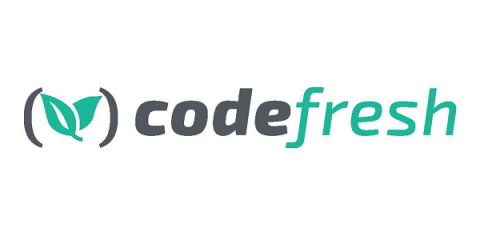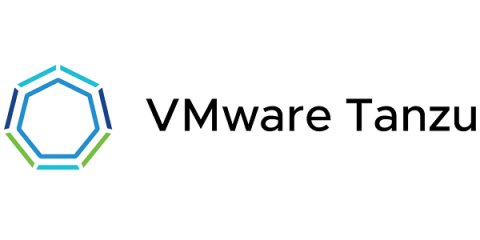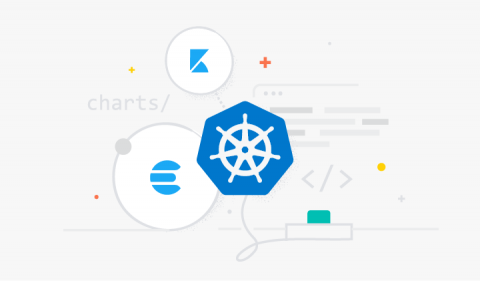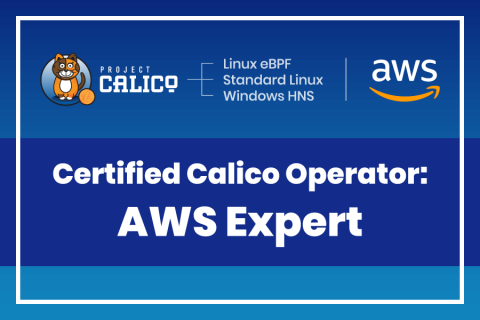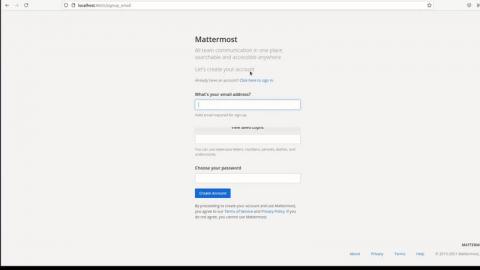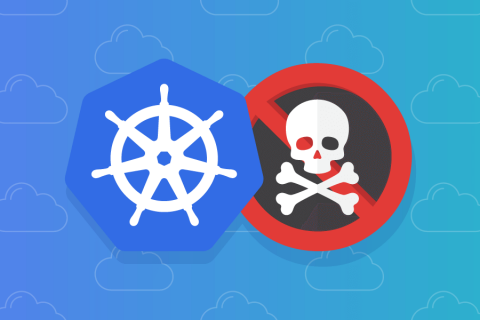Enterprise CI/CD Best Practices - Part 1
If you are trying to learn your way around Continuous Integration/Delivery/Deployment, you might notice that there are mostly two categories of resources: We believe that there is a gap between those two extremes. We are missing a proper guide that sits between those two categories by talking about best practices, but not in an abstract way.


